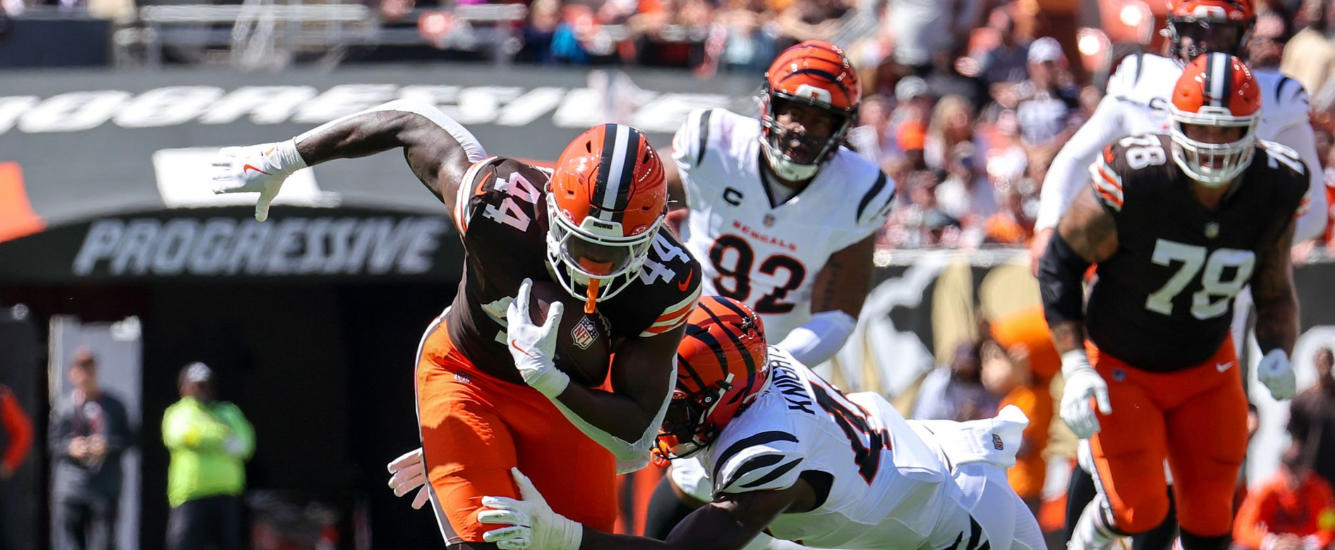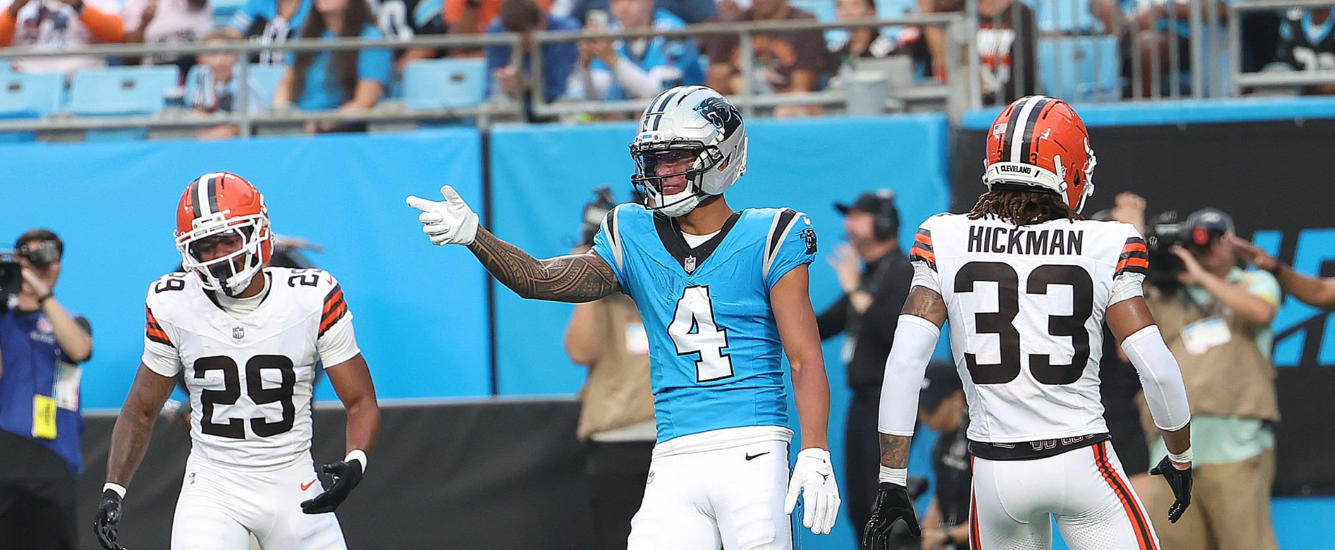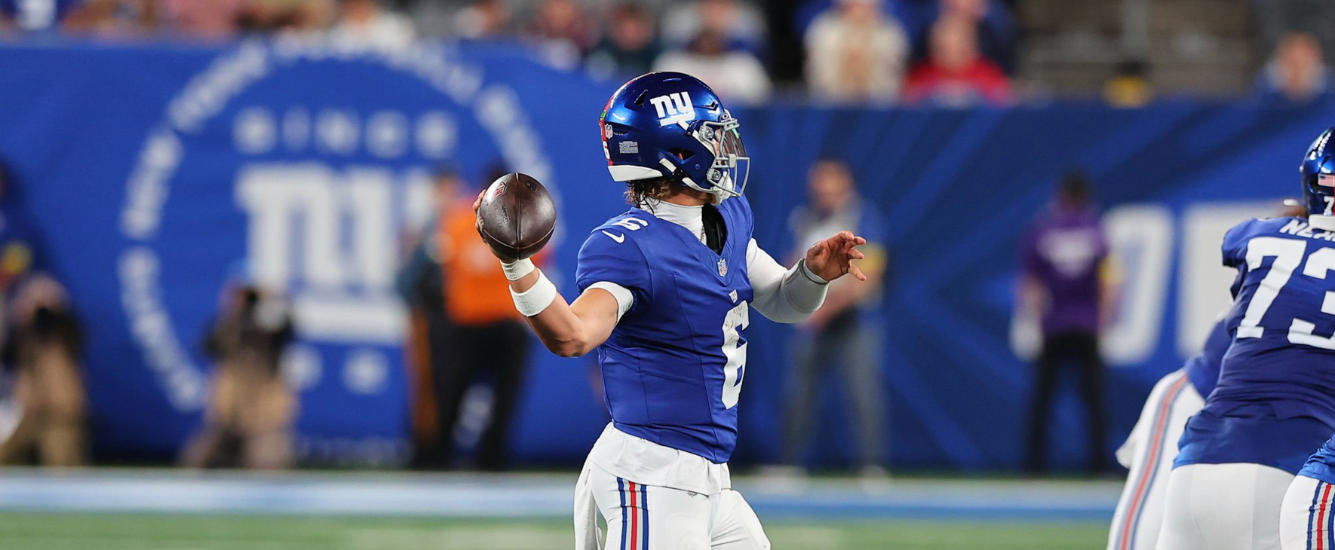Blair Andrews uses expected points and the Weekly GLSP app to find the best possible plays for DraftKings single-entry tournaments. He offers some options both for those who want to stick to a more normal build, and for those who are ready to get really crazy, all supported by the data.
Single-entry GPPs are the purest form of daily fantasy sports. They require not only the skill to know which players are most likely to score a lot of points, but also the skill to know which players will enable you to benefit when others are wrong. They require both a deep knowledge of the advanced stats and a contrarian mindset — a combination that’s hard to cultivate, since in many cases one precludes the other. If you’re deep in the advanced stats research, chances are good that you’re reading a lot of other people’s opinions.
Single-entry GPPs also simplify the game of DFS, though without making it easier. You no longer debate whether to build around a tight core of key players, or whether to diversify as much as possible — your tight core of players is just your lineup. But this simplicity increases the difficulty by forcing decisions you otherwise wouldn’t face. Should you play Christian McCaffrey or Dalvin Cook? The multi-entry player needn’t come down on one side or the other? But single-entry players are forced to use only what they think are the absolute best plays on the slate.
How to Find the Best Plays
When we talk about the best plays, we’re not only talking about the players on the slate with the highest weekly ceiling, or the best values. We need to find the best values and highest ceilings that are simultaneously least likely to be found by our opponents. Even better if our best plays give us some leverage against our opponents’ lineups. But how do you go about finding these sorts of best plays?
Relying on most projections won’t work. Projections drive ownership, and anchoring to projections anchors you to the plays everyone is already on. Rather, what is needed are completely different inputs. But you already have an advantage — you are a RotoViz reader.
RotoViz does, of course, have projections — our weekly GLSP numbers are computer-generated projections based on what similar players have historically done in similar situations. Because they are built using a much different method than most industry projections, they tend to be quite different from other projections. So if you’re using our Lineup Optimizer or relying on the GLSP numbers in another way, you’re already very likely to find good plays that no one else is paying much attention to. However, we can do even better by using the other research on the site.
Using Expected Points in DFS
We know that one of the best indicators of future fantasy scoring is past expected points. Expected points are the best way to translate opportunity into potential fantasy output. Opportunity is sticky from one week to the next. Efficiency isn’t. So if we know how much a player’s opportunity is worth, we will have a much better idea of how many fantasy points they should be expected to score.
It turns out that an even more predictive indicator of future fantasy scoring is a player’s share of his team’s total expected points. This is because team expected points are highly variable and depend on both matchup and game script. But teams tend to use their personnel in fairly predictable ways. With that in mind, the table below displays the leaders in market share of (non-QB) expected points.


















